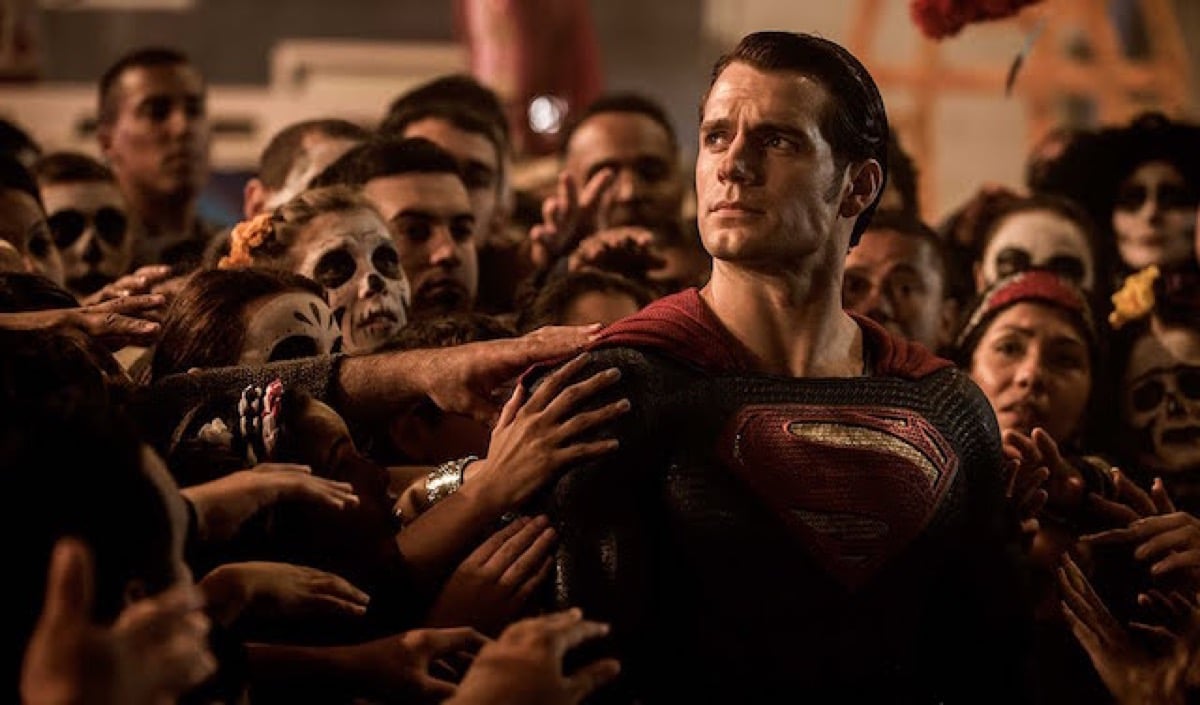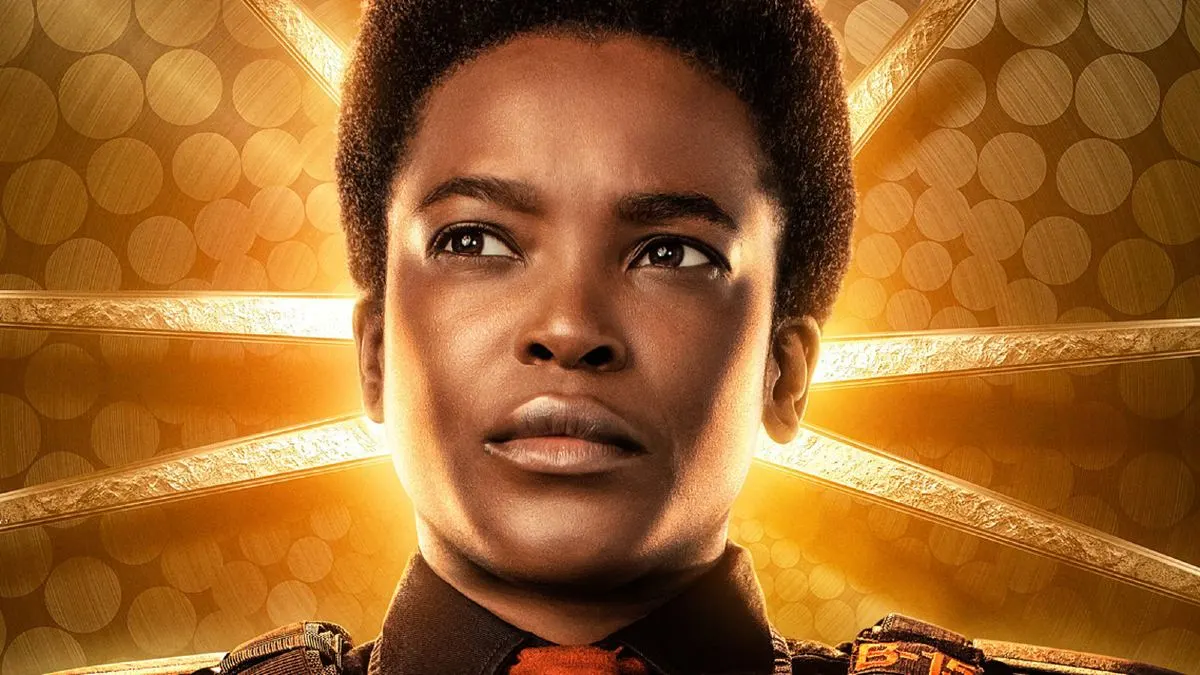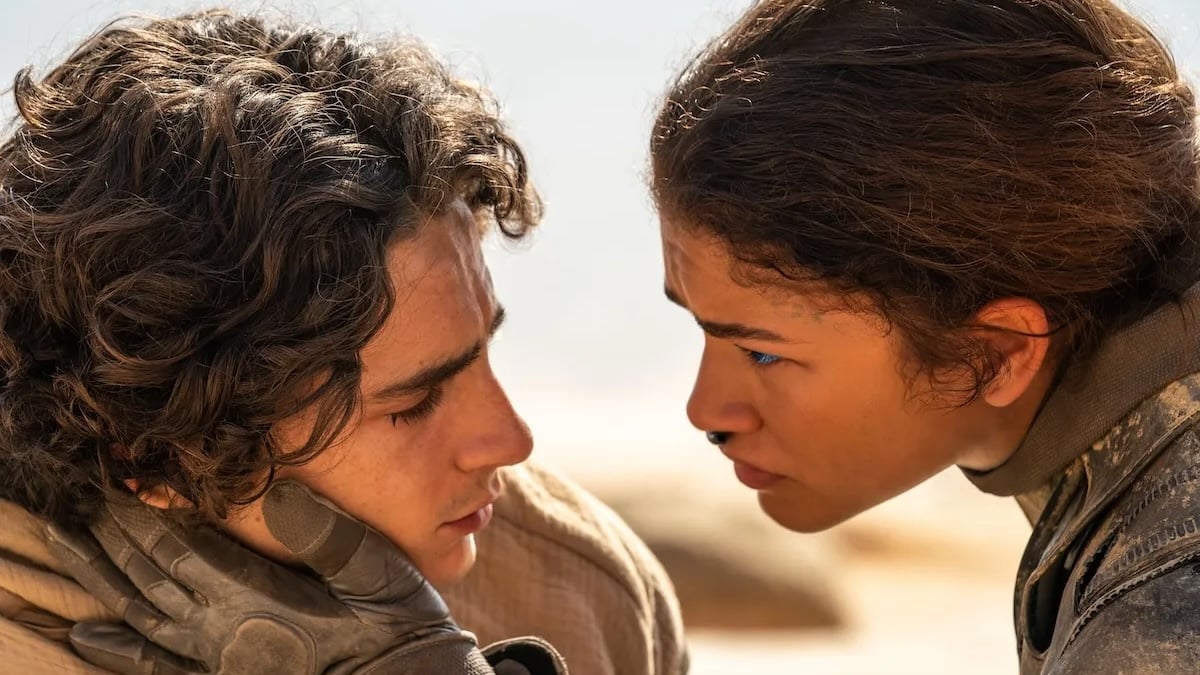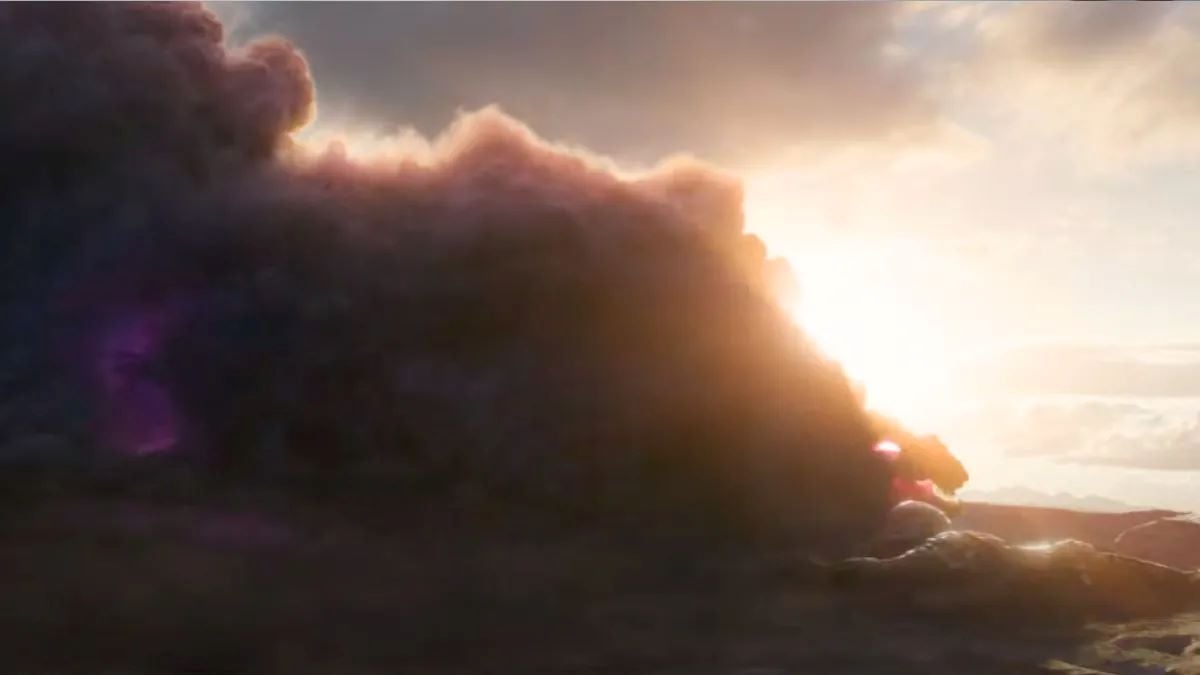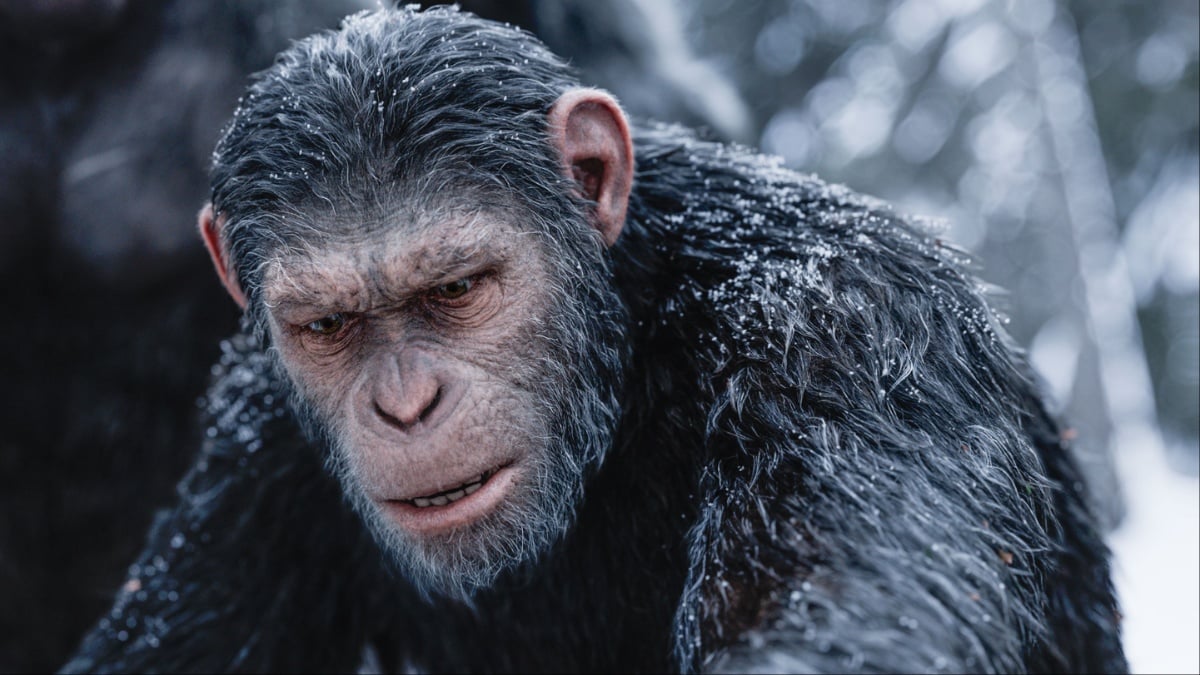Let’s start at June 2013. The Marvel Cinematic Universe had just begun its era of global domination with Avengers the previous year. Warner Bros. wanted what the MCU had, so they re-conceived their in-production Superman movie as an Iron-Man-type ground zero for a DC Comics shared universe.
The result, Man of Steel, is about a man who is strong and good. Reviews were lukewarm at best, and the movie’s fandom responded by turning tribal and staying that way. When I say this fandom is tribal, what I mean is that it perceives anything even resembling criticism as the enemy. They attack or dismiss any view of the movies that disagrees with their own, because to give any criticism half a chance would be disloyal to the tribe. So Man of Steel becomes a perfect movie in their minds.
What’s tricky here is that Man of Steel is actually alright. It certainly has its issues: flashbacks to Clark’s childhood are handled poorly and disrupt the flow, and the first act has no real plot or conflict of note. But once General Zod shows up and forces the story into action, the movie jolts awake. For all his flaws, director Zack Snyder has a wonderful knack for stylish CGI action sequences. When these super-powered Kryptonians wail on each other, the weight behind each blow is felt in a way reminiscent of shonen manga like Dragon Ball Z, and there’s a great sense of energy, speed, and vitality.
And while it’s easy to see how the film language led to accusations of a “grimdark” tone, it’s really just a sincere, open-hearted story about being true to yourself and lifting heavy objects. I wouldn’t say it’s truly good, but it’s easy to imagine that the fandom could have made more gains in The Culture Wars if they argued that it was exaggeratedly maligned rather than secretly perfect.
The problem is, neither an okay movie nor a $668 million box office total is a good enough result for a movie about a character as recognizable as Superman (that reportedly cost far more to make and market than, for instance, Iron Man) to launch a cinematic universe. But that’s what Warners wanted, and they wanted it fast. So we were given a followup, the insipidly named Batman V Superman: Dawn of Justice (where Snyder wanted to give it the more endearingly insipid name Son of Sun and Knight of Night).
In its rush to establish a larger universe, that film pauses now and again so that Batman can sit at his computer and read about other DC superheroes that will have movies in a few years’ time, like he’s just some guy reading The Mary Sue. Other than that, it’s difficult to buy into this particular Superman as a polar opposite and natural enemy of Batman. While Clark isn’t half as cynical, he’s just as brooding, and while they’re shot in different ways, the film language is always shadowy and somber.
This leads to a defense of DC movies commonly made by the tribalists: the DCEU is good because it’s “adult.” The films are shot in this near-unrelentingly shadowy way because they’re “adult,” and that’s why they’re good. This is silly. Targeting a film at adults is no excuse for shooting the scene in Man of Steel where Clark discovers he’s an alien with the exact same low contrast and blue color grading as a low-impact scene where he’s walking along the side of a road. Making choices about contrast and color grading to establish a tone is important, but rather than being a strength for Snyder, it’s possibly his greatest weakness. When detractors joke about his movies not having any color, this is what they’re sensing. These films feel uniform; one scene will feel much the same as the next.
On the other hand, there’s a difference between “adult” and “mature.” And while I wouldn’t call Dawn of Justice mature, I would certainly consider it less immature than its direct counterpart, Marvel’s politically childish Captain America: Civil War, a movie released around the same time with a similar premise. Dawn of Justice isn’t Watchmen, but it’s giving it the old college try. It correctly identifies that if Superman were real, that would be bad. The Superman/Christ allegory, for all its comical bluntness, does a passable job of dramatizing the Problem of Evil and speculating on how the culture would react if a Christ figure really arrived in the 21st century.
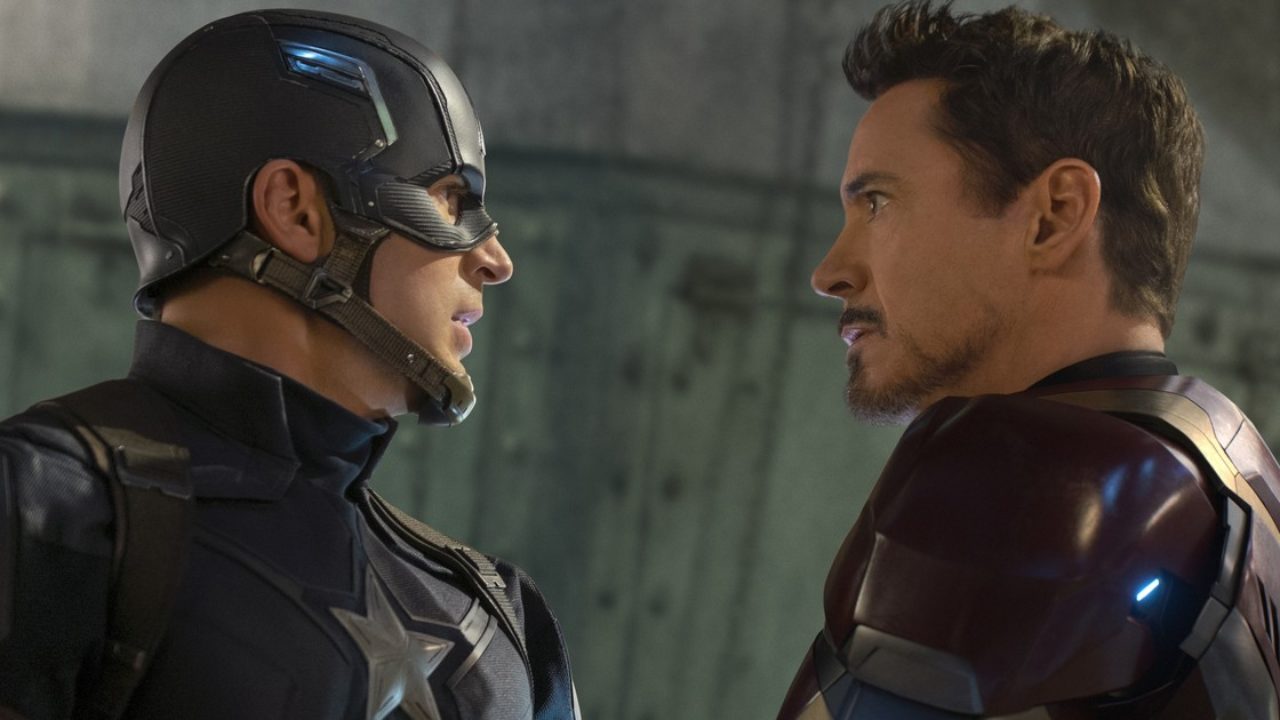
(Marvel Entertainment)
Civil War, by comparison, bases the conflict between Steve Rogers and Tony Stark on the question of whether the Avengers should continue to operate above the law. The movie concludes that they should carry on kicking ass because the people who make and enforce the laws are bad. This is not so much evil as it is facile, and as much as it tries to telegraph its own significance, it shouldn’t be taken seriously as anything other than a middling cape flick best enjoyed by teenagers.
So all things being relative, I’ll give the DC tribalists that one. I have no problem with conceding that a messy movie has its merits, and nobody else should either. My case is not that Snyder gets nothing right. Rather, I only mean to say that if someone can’t allow for any criticism of a movie, then something’s gone wrong.
Now for the weird one. In the 2017 Justice League theatrical cut, Batman travels the world and the seven seas to put together a team of superheroes. Together, they beat up a large alien man with big, sad eyes and a big, mad army. Before we go into some of the finer points of the production, it’s worth being clear that you can tell that something or other went terribly wrong just by watching the movie. The breathless pace leaves almost no room for character development or emotional context. And dark scenes, like a resurrected Superman attacking the rest of the League, exist alongside corny jokes like Flash falling into Wonder Woman’s boobs, so the tone is like if someone poured orange juice on top of half a cup of cold coffee.
The cause of this was never a mystery. Bear with me if you’ve heard it all before: since-disgraced Avengers director Joss Whedon was brought onto the production by higher-ups at Warners. Then Snyder had to step back from production to grieve the loss of his daughter. In an act of epic poor taste, Warners then gave Whedon a much greater degree of control over the production with a view to making the tone lighter and comical, since that’s what worked for Marvel’s movies. Of the 62 scenes that Snyder shot, 16 were reshot, 22 were kept (albeit edited differently from his style), and 24 were cut outright. Whedon also added seven entirely new scenes. All of this was with a view toward Marvel-izing the tone.
We didn’t know those numbers at the time. But fans were able to put two and two together and see that this wasn’t what Zack Snyder had in mind. The resulting #ReleaseTheSnyderCut campaign was the butt of many jokes. They were considered the absolute dregs of nerd culture, the worst of the worst, and it is very funny that they not only won but have been vindicated by the results.
This is where the place of the Snyder fandom in the cultural conversation becomes a bit muddled, because some of them acted completely unhinged for several years—charity efforts notwithstanding—and then it worked. Virtually everyone agrees that the Snyder Cut is the better version and that Snyder was treated unfairly by the studio. So it feels counterintuitive to rag on them as if nothing has changed. If 24 scenes were fully shot and then cut, weren’t they right all along?
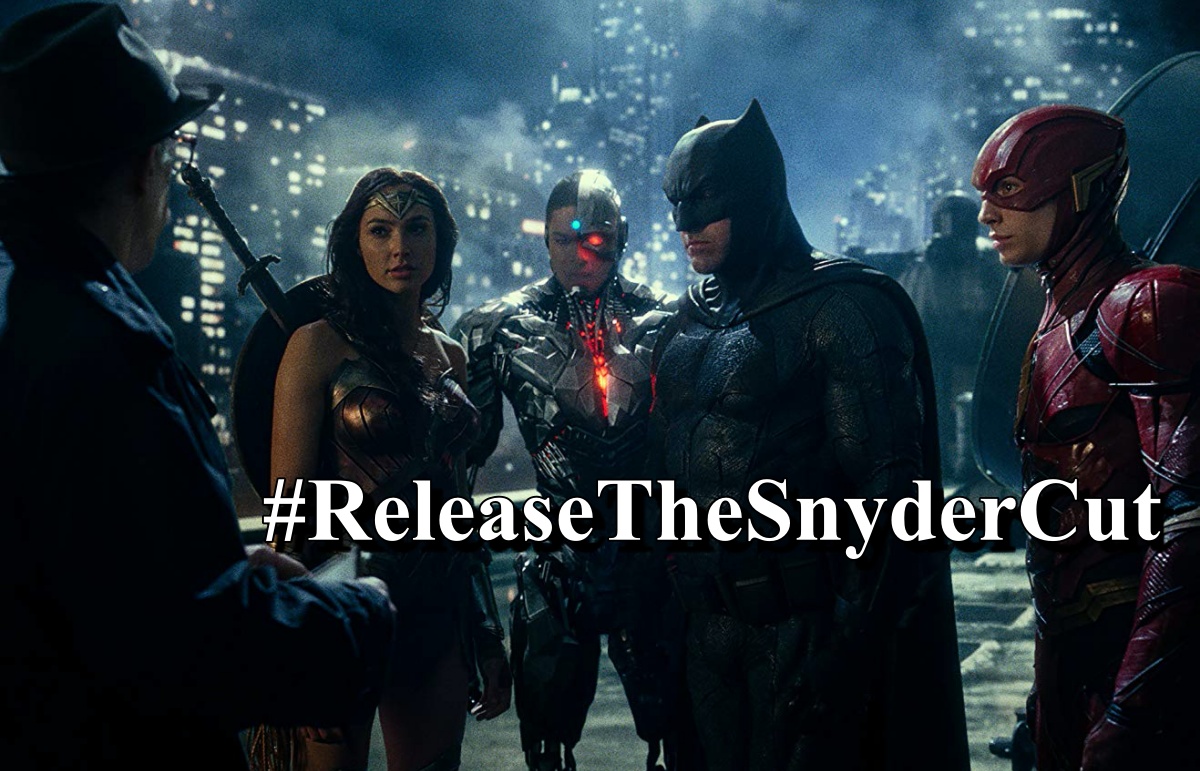
(Warner Bros., edits)
Not exactly. They were definitely more right than they were given credit for at the time. But the fandom’s claim was always that there was a literal, fully-formed and finalized Snyder Cut sitting there ready for release and that all Warners would have to do is upload the .mp4 file to the internet. This was pretty much proven false when production began on the Snyder Cut—why would a finished movie need further production? Why would that further production need $70 million? To put that in perspective, $70 million was the full budget of Deadpool.
This has sometimes been attributed to Snyder shooting additional footage, but that seems to be limited to just one scene and a handful of pick-ups here and there. While it hasn’t been made public exactly how that money was spent, it can be reasonably assumed that the bulk of it went toward CG. Even the 22 scenes rendered for release in the Whedon cut had to be comprehensively reworked to bring it in line with the darker tone. You also have to account for all the footage originally trimmed by frantic, snappier editing.
So, no, there wasn’t a fully-formed Snyder Cut waiting in the wings, and that was never going to be the case. Anyone who knows a thing or two about how movies are made could have said that, and many did. And the reaction to this from the tribalists was to get mad. Again, any criticism or disagreement with the tribe is perceived as an attack on the tribe.
But again, it’s difficult to rally against the Snyder fandom too strongly on this one, as the release of the Snyder Cut really is down to them. Some have speculated that it was more so in response to Ray Fisher’s allegations of unacceptable workplace conduct against Whedon. That might have been the case in a more sensible, less online world, but those allegations were tweeted out months after the Snyder Cut began production, so it can’t be true.
It is, for once, a good thing that we live in such a silly world. The unusual circumstances certainly encourage rose-tinted glasses, but critics have largely had much more praise for the Snyder Cut than they had for Man of Steel and Dawn of Justice. And for good reason: While it’s definitely an unwieldy film harmed by too many details and little diversions, it feels less like a Dark Knight Returns knockoff and more like a Lord of the Rings extended edition. The renewed tone makes for a lot of affecting moments, and the patient pacing gives it the feel of a genuine epic.
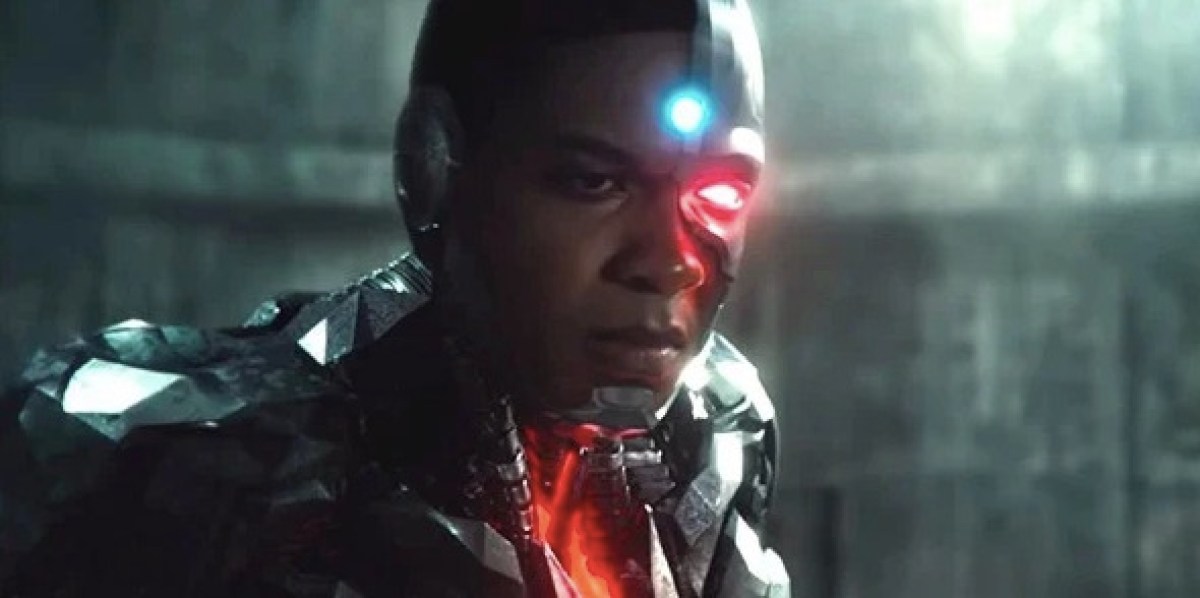
(Warner Bros.)
What’s interesting is that the reaction amongst the Snyder tribalists has been so overjoyed and celebratory that they haven’t taken the time to get mad at criticisms of the runtime or whatever. They are, to use an entirely original allegory, like a pack of dogs who have just finally caught a car. There’s been a perfunctory #RestoreTheSnyderVerse campaign pushing for sequels, but that feels less like a product of honest outrage and more like a few stragglers chancing their arm.
Has this transformed Snyder’s reputation? Eh. The critical response to his Netflix zombie heist movie Army of the Dead has only been mutedly positive, which is fair; it’s hardly Godard. But negative reviews with cheap shots about how it “lacks braaaaains” feel like dispatches from a different cultural moment where Snyder’s reputation was at a low point. It’s like in school when the teams have been picked but one kid doesn’t even know that there are teams because they spaced out for a few minutes. (It was me; I was that kid.)
Even if Snyder isn’t considered an especially good director, he is now considered interesting. Over the last few months, there haven’t been a lot of critics coming out swinging with perfect 5-star scores for the Snyder Cut or effusive praise for his earlier DC movies or previous work. But what you’ve seen instead is discussion of the style and pathologies and appreciation for a gem of a creative voice in a sea of genre concrete. This could easily swing the other way before long, though. People hated Snyder, and now some like Snyder, and some day his Fountainhead film will come out and they’ll all hate him again.
The real takeaway from this whole saga isn’t really much to do with Snyder or his films, though. It’s a lesson in the ways fandom can turn toxic—how it can make fans treat even mild criticism as a threat. It also shows how a reaction against tribalism can become disproportionate and give rise to an unjustifiably dismissive attitude. As the IP machine trundles on, it’s worth bearing these things in mind and looking for a non-toxic way to have these conversations. After all, as beloved as they are, these are ultimately just movies. There’s no good in breaking each other’s necks over Superman.
(featured image: Warner Bros.)
Want more stories like this? Become a subscriber and support the site!
—The Mary Sue has a strict comment policy that forbids, but is not limited to, personal insults toward anyone, hate speech, and trolling.—



